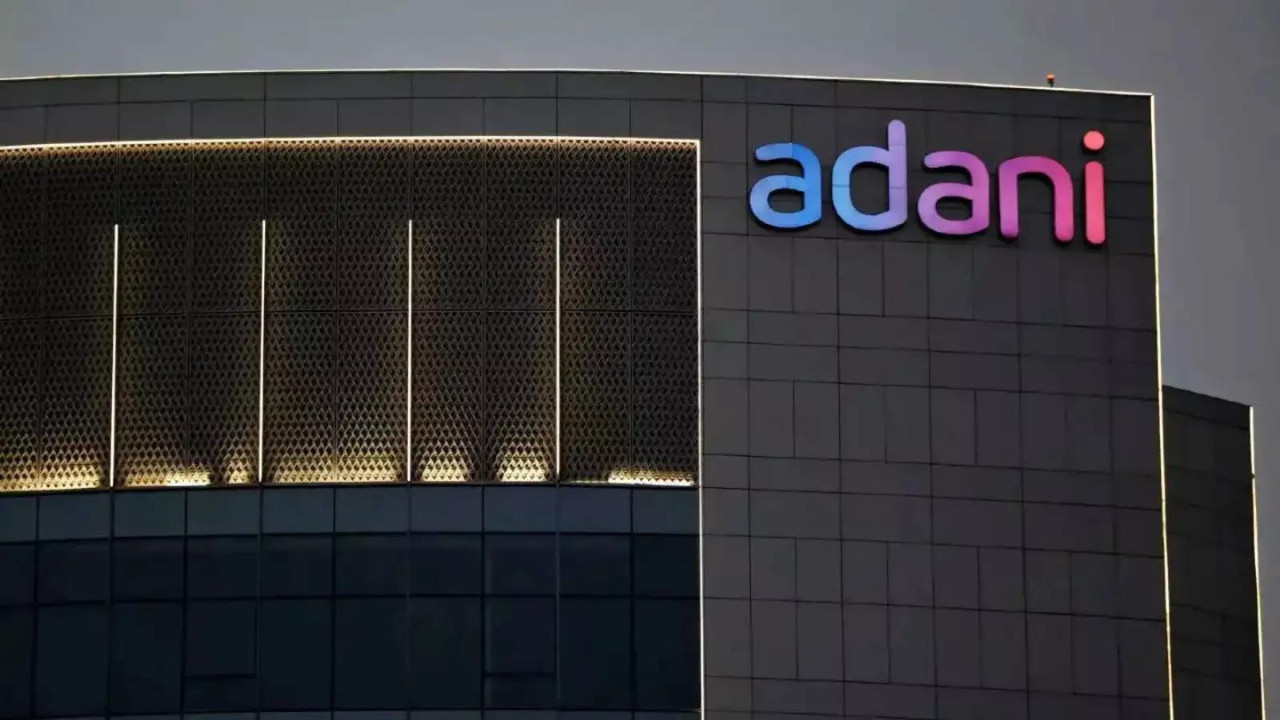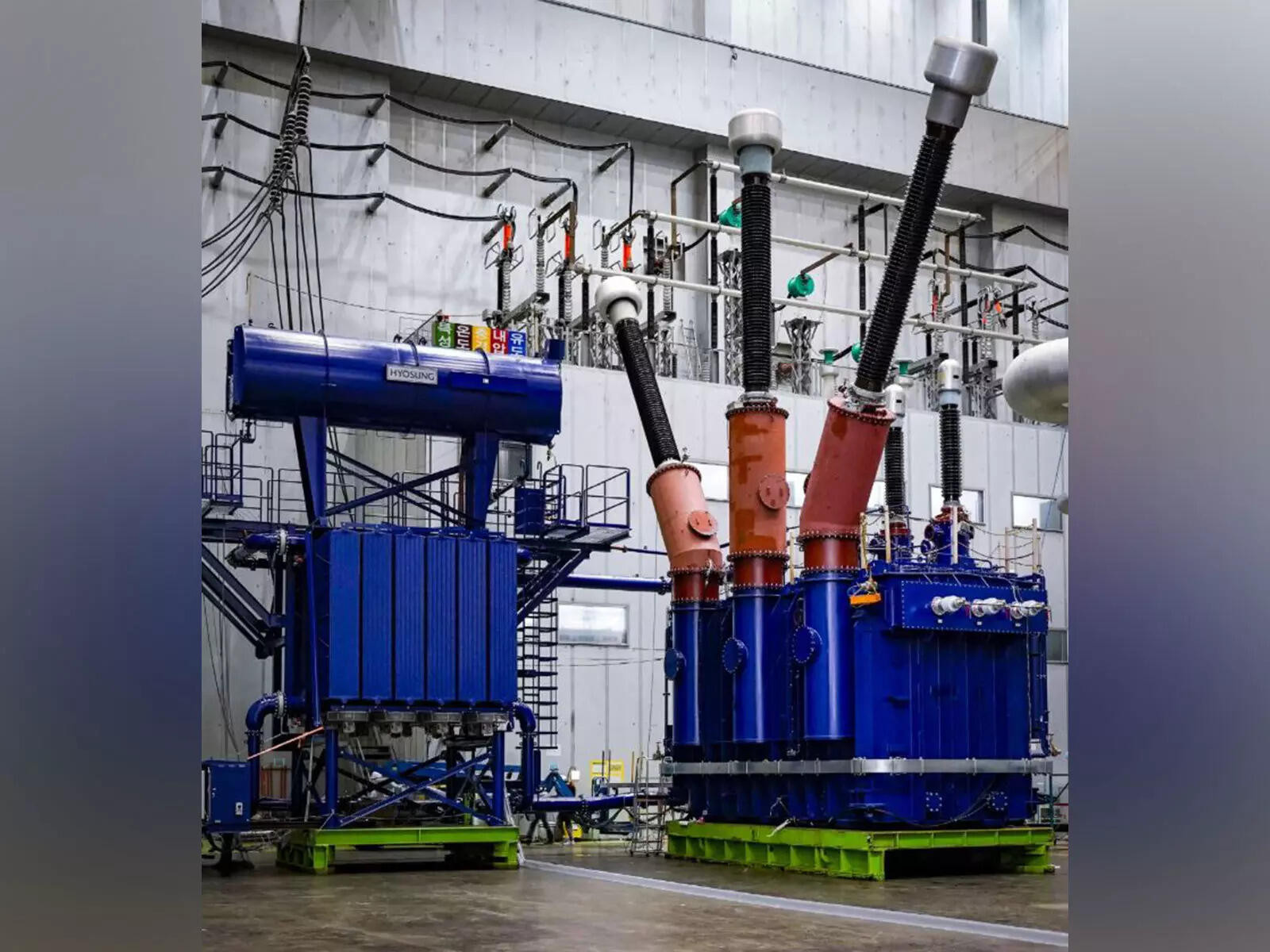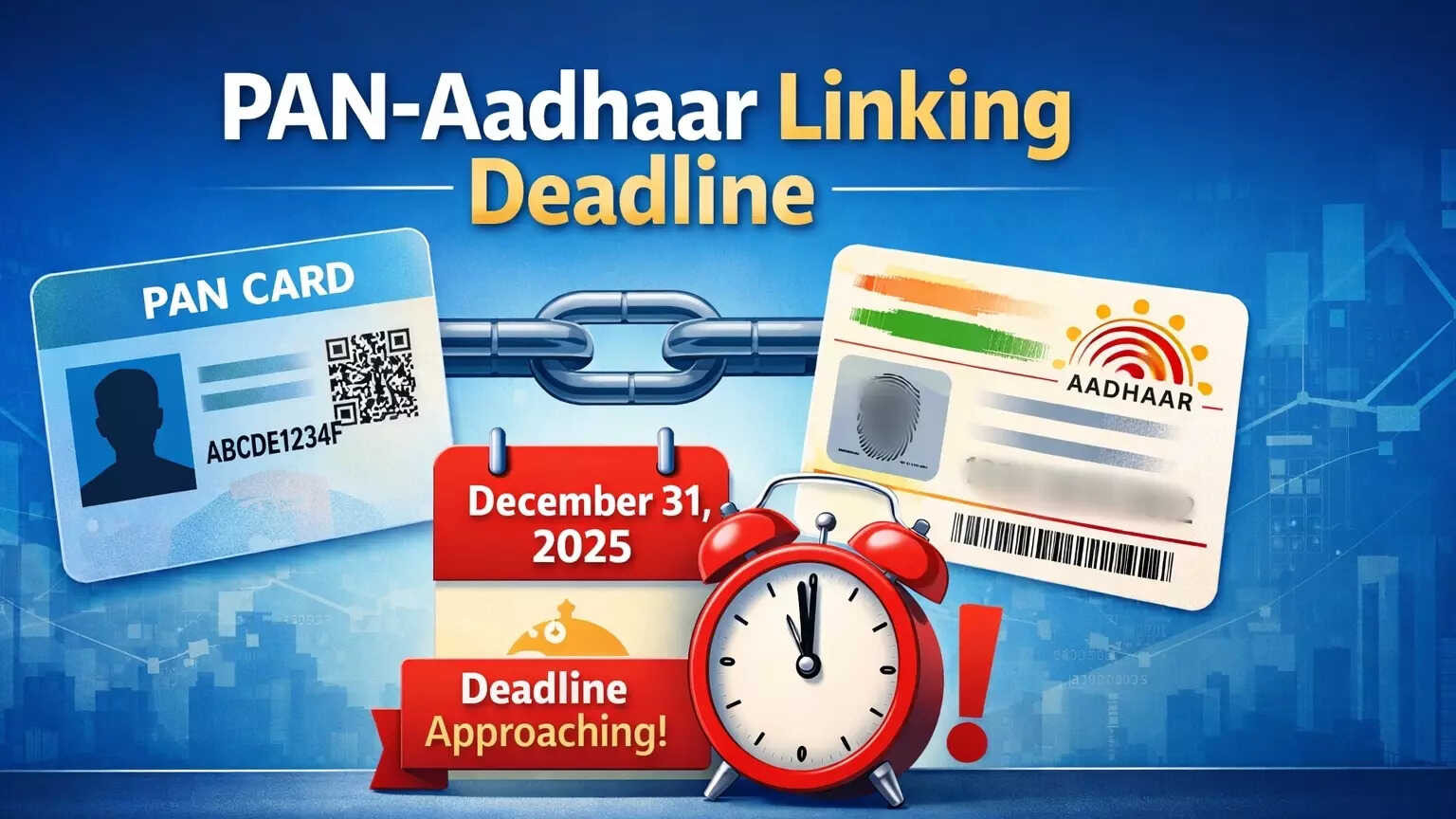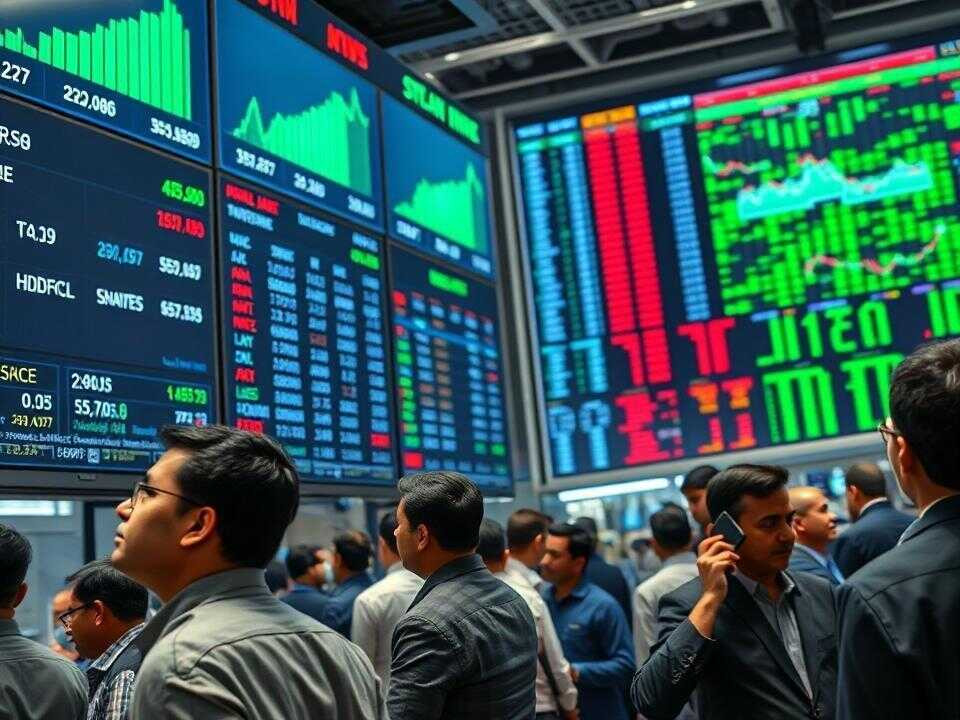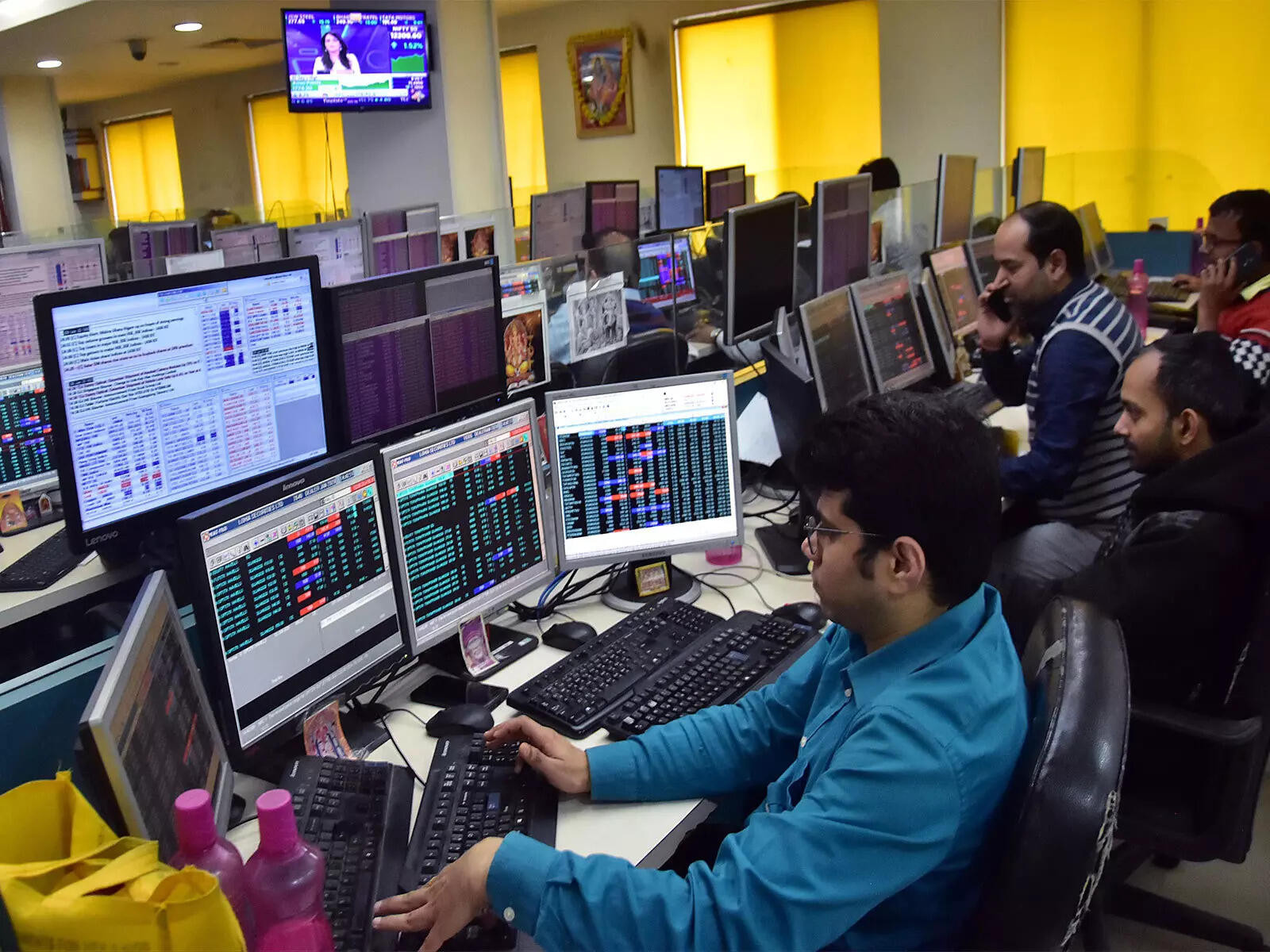Digging Deeper: Decoding the Adani Group’s Lending Landscape
The Adani Group, a sprawling conglomerate with interests ranging from ports to power, has been a fixture in Indian business headlines for years. But recently, attention has sharpened on the financial underpinnings of its ambitious growth story, specifically on who is bankrolling the expansion. The latest data paints a clearer, and perhaps more nuanced, picture than some narratives suggest.
For months, whispers and outright pronouncements have circulated regarding the extent of the Adani Group’s debt and the exposure of various lenders. While international banks certainly play a role, a significant portion of the group’s financing actually comes from closer to home. New reports indicate that Indian lenders account for a hefty 50% of the Adani Group’s total loan portfolio. This revelation prompts a closer examination of the implications for both the Adani Group and the Indian financial system.
This isn’t necessarily cause for immediate alarm. The presence of strong domestic backing could be interpreted as a vote of confidence in the Adani Group’s long-term prospects and its contribution to India’s infrastructure development. However, it also warrants a level of scrutiny to ensure that risk is being managed prudently.
The Role of Indian Banks in Funding Infrastructure
India’s infrastructure needs are immense, and projects often require significant upfront investment. Banks, both public and private, are vital to providing the capital necessary to get these ventures off the ground. The Adani Group, with its focus on sectors like ports, energy, and transportation, has naturally become a major borrower from these institutions.

The key question isn’t simply whether Indian banks are lending to the Adani Group, but rather the terms of those loans, the collateral securing them, and the overall risk assessment conducted by the lenders. Are these loans contributing to sustainable growth, or are they creating undue vulnerability within the financial system? This is where transparency and robust regulatory oversight become paramount.
Assessing the Exposure and Managing Risk
Breaking down the 50% figure further, it is crucial to understand the composition of the lenders involved. Which banks hold the largest share of the Adani Group’s debt? What are their individual risk management strategies? Are there adequate safeguards in place to mitigate potential losses should the group face financial challenges?
Furthermore, the health of the specific projects being financed is a critical factor. Are these projects generating sufficient revenue to service the debt? Are they vulnerable to economic downturns or regulatory changes? A diversified project portfolio, where risks are spread across different sectors and geographies, is generally considered a positive sign.
Navigating a Complex Financial Landscape
The relationship between large conglomerates and their lenders is inherently complex. There’s a natural incentive for banks to support businesses that are driving economic growth and creating jobs. However, there’s also a responsibility to protect depositors’ money and ensure the stability of the financial system.
This highlights the importance of independent credit rating agencies, diligent financial journalists, and vigilant regulatory bodies in providing checks and balances. Open dialogue and access to information are essential for fostering trust and preventing potential crises. Understanding the intricacies of loan agreements, repayment schedules, and collateral arrangements will allow for a more informed perspective. For example, what happens if a specific asset within the Adani portfolio underperforms, or if larger market headwinds begin impacting key revenue streams?
This dynamic, with domestic banks playing a crucial role, underscores the need for ongoing monitoring and careful consideration. As always, a sustainable approach that benefits both the Adani Group and the Indian economy requires a delicate balance. You can learn more about similar trends in Indian finance by reading about the growth of fintech in India.
Looking Ahead: Maintaining a Balanced Perspective
The revelation that Indian lenders account for half of the Adani Group’s loans underscores the interconnectedness of India’s corporate and financial sectors. While the situation is not inherently alarming, it necessitates a focus on transparency, diligent risk management, and robust regulatory oversight. By maintaining a balanced perspective and promoting open dialogue, stakeholders can ensure that the Adani Group’s growth contributes to, rather than jeopardizes, the long-term health of the Indian economy.
